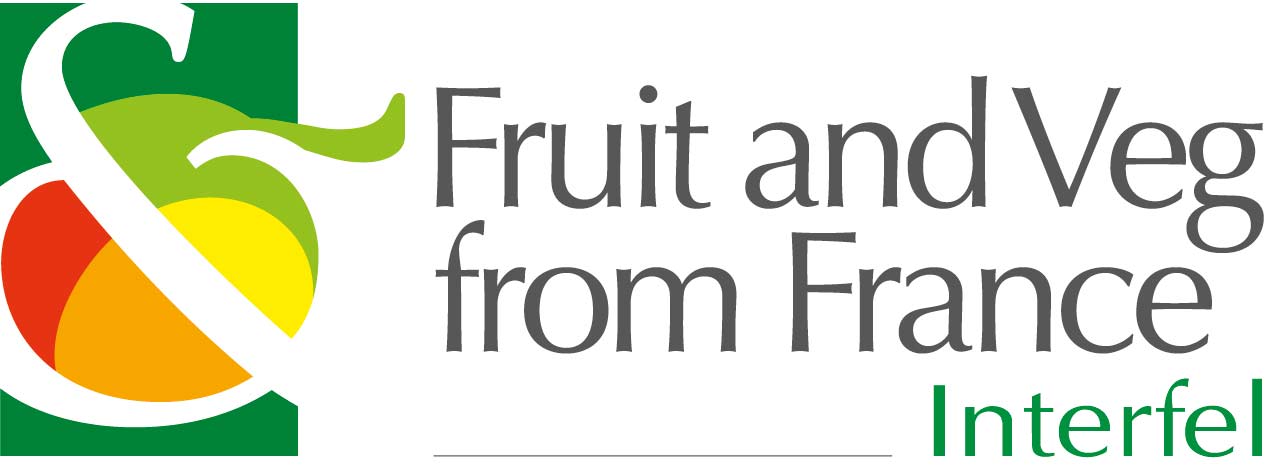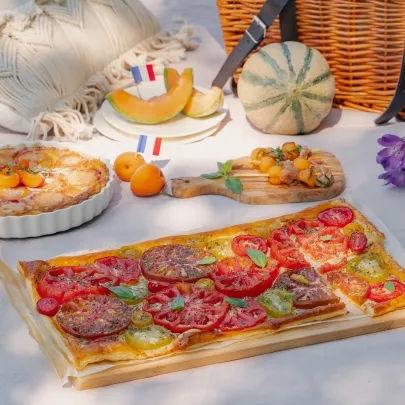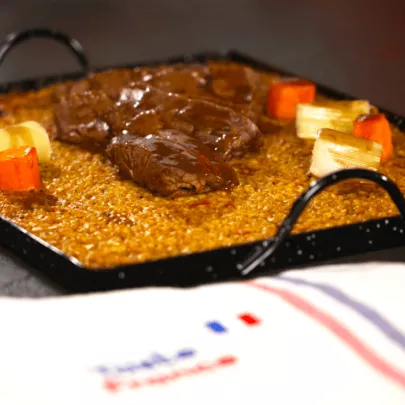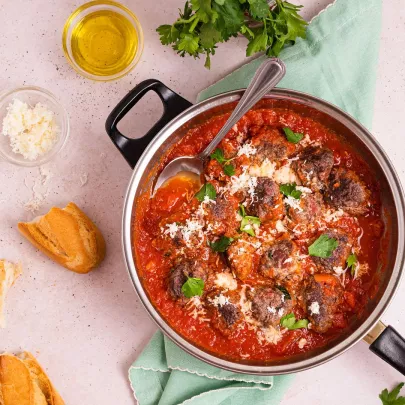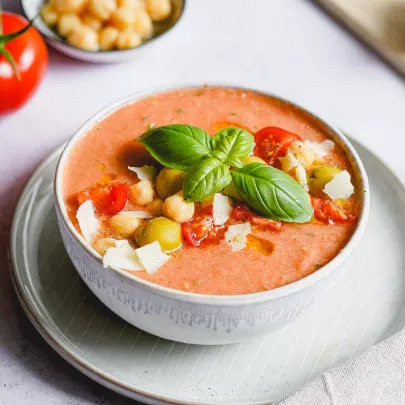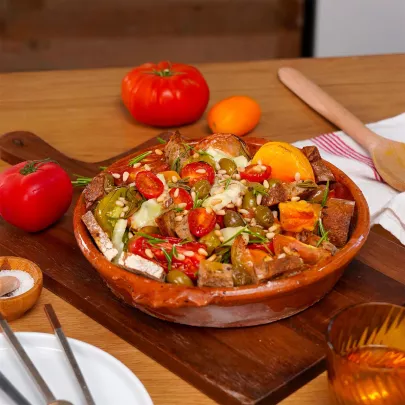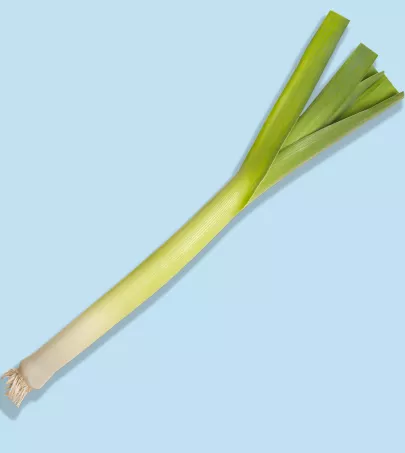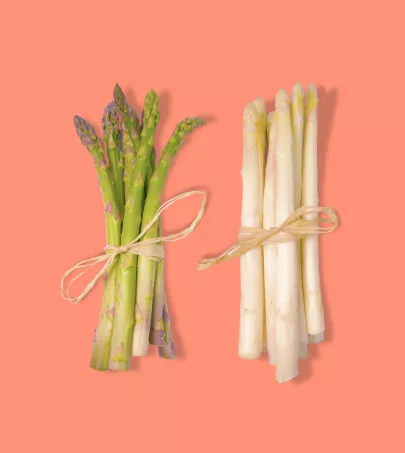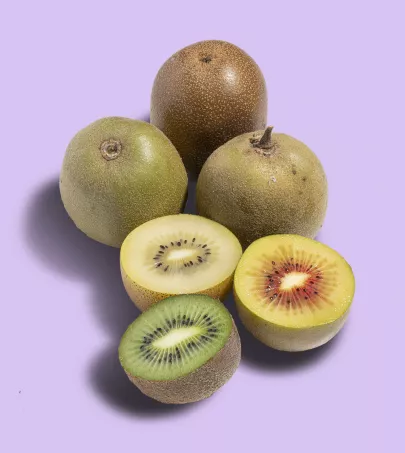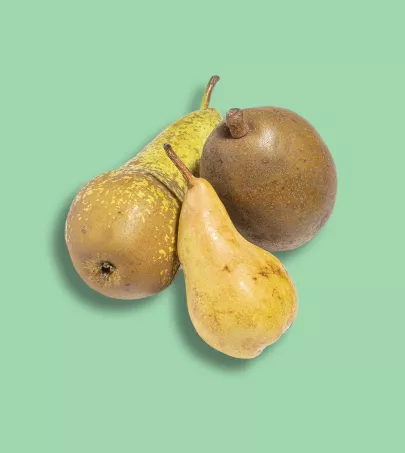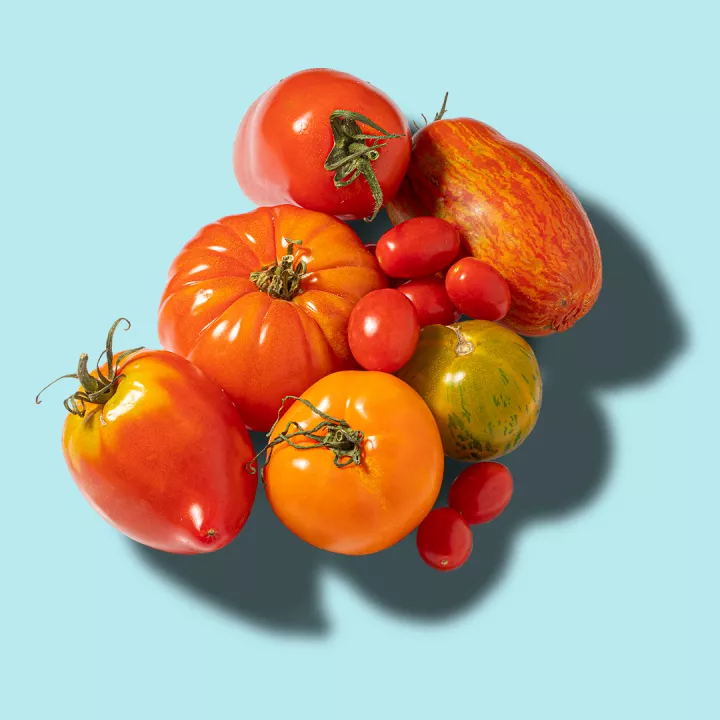
French Tomatoes

Brittany, Pays de la Loire, Provence-Alpes-Côte d’Azur
Every year, they accompany our meals from the first days of summer to September. And for good reason! As well as a variety of textures and flavors, these fruit-cum-vegetables bring an undeniable freshness and other proven benefits to the table. Especially as French producers have been taking a particularly conscientious approach for some years now.
What you need to know
Originating from South America, the tomato conquered Europe in the 16th century. Its development has continued ever since. So much so, that there are now thousands of varieties. They range from the diminutive cherry tomatoes to vine tomatoes, which share the same stalk, round, regular varieties, elongated, even oblong-shaped tomatoes; and those with a heart shape or ribbed appearance. Cultivation methods are just as varied: tomatoes are grown in greenhouses, to guarantee an ideal climate; off the ground, in order to limit water consumption; and finally in the open field. Whatever method they choose, French producers take great care. For a long time now, their commitment to developing responsible production, protecting water resources, recovering or eliminating crop waste and the traceability of products have been contributing to the quality of French production. The result is very different organoleptic profiles and, in fact, a thousand and one ways to work with them in the kitchen. With French tomatoes, anything is possible!
Characteristics
Look
Touch
Taste
Nutritional benefits
Not only are tomatoes low in calories, they’re packed with antioxidants!
Editor's note
How to use
Storing French Tomatoes
Contrary to popular belief, tomatoes should be stored at room temperature, for a maximum of 3 to 4 days.
Preparing French Tomatoes
Give your tomatoes a quick wash in clean water. The stalks should also be removed. Depending on the recipe you are using, it is also sometimes preferable to “blanch” the tomatoes, in other words to remove their skin by immersing them for in a pot of simmering water for a few moments before passing them under cold water.
Serving French Tomatoes
Here again, you are spoilt for choice! Tomatoes can be enjoyed raw, for example with a little salt, or in a salad or juice. But they can also be cooked of course, for example stuffed in the Provencal style, or used in a pie, to enhance an omelet or grilled fish, or to boost a sauce or broth.
Pair with
Combine with peppers, eggplant, zucchini, strawberries, watermelon, olives, fresh herbs or beef. A white Cheverny is the accompaniment of choice.

